|
|
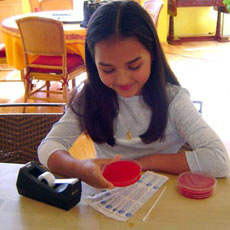
1.
This simple-to-perform science project is designed to demonstrate the amount of microbial contamination on environmental surfaces.
|
|
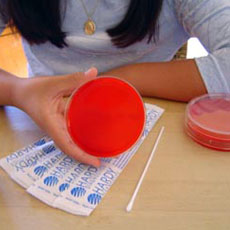
2.
An agar plate (Blood Agar catalog no. A10) is used to grow the microorganisms. Sterile swabs are used to collect the specimen.
|
|
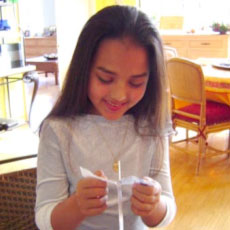
3.
Open the swab packet and remove the swab (catalog no. HD25806).
|
|
|
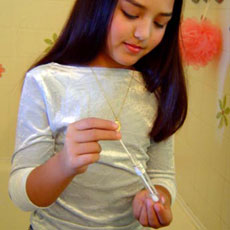
4.
Moisten the swab using a solution of sterile 0.85% saline (catalog no. R45).
|
|
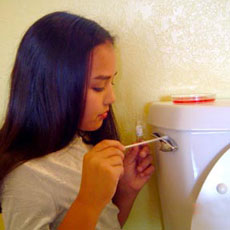
5.
Sample the test surface by swabbing the test area thoroughly.
|
|
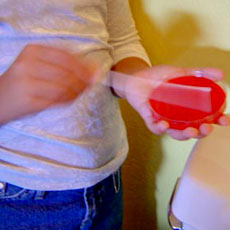
6.
Open the agar plate and apply the sample by swabbing the entire surface of the agar.
|
|
|

7.
Close the plate.
|
|
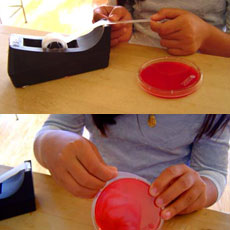
8.
Tape the lid shut using ordinary adhesive tape.
|
|
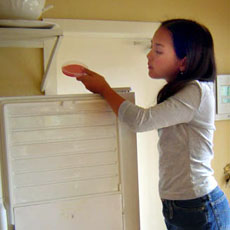
9.
Put the plate somewhere warm such as the top of your refrigerator. Cover the plate so that no light is shining on the agar surface.
|
|
|
|
|
Allow the plate to sit undisturbed for 4-5 days, then observe the plate for bacterial and fungal growth (fungal growth may take longer to appear (7-14 days). Fungus colonies will appear as hairy or fuzzy growth, whereas bacterial colonies will be smooth and creamy in appearance Perform the same procedure for other test surfaces and compare your results.
Supplies adequate for 10 tests sites
-
Blood Agar Plate - Catalog No. A10, (10 Plates)
-
Sterile Swabs - Catalog No. - HD25806 (100 swabs)
-
Sterile 0.85% Saline - Catalog No. R45, 20 tubes
To Order Call
(800) 266-2222
|